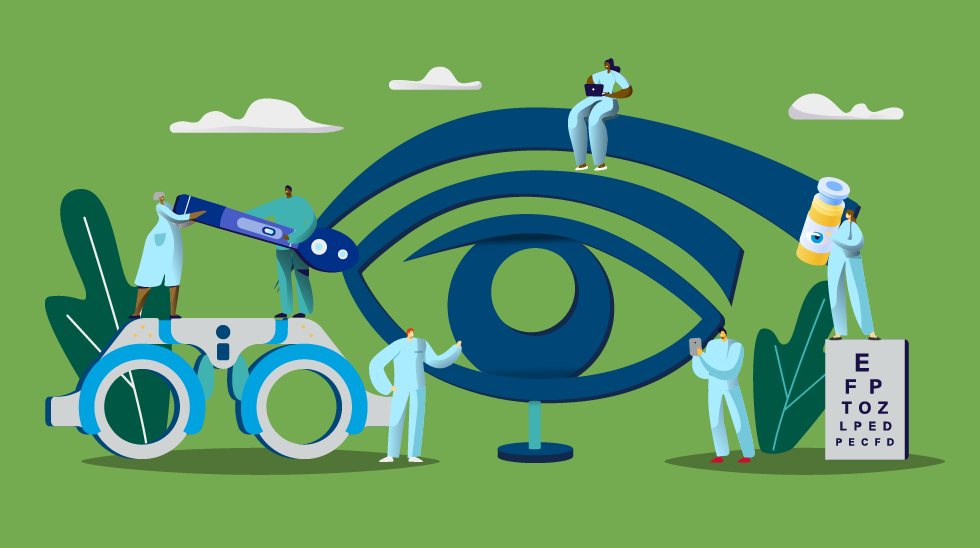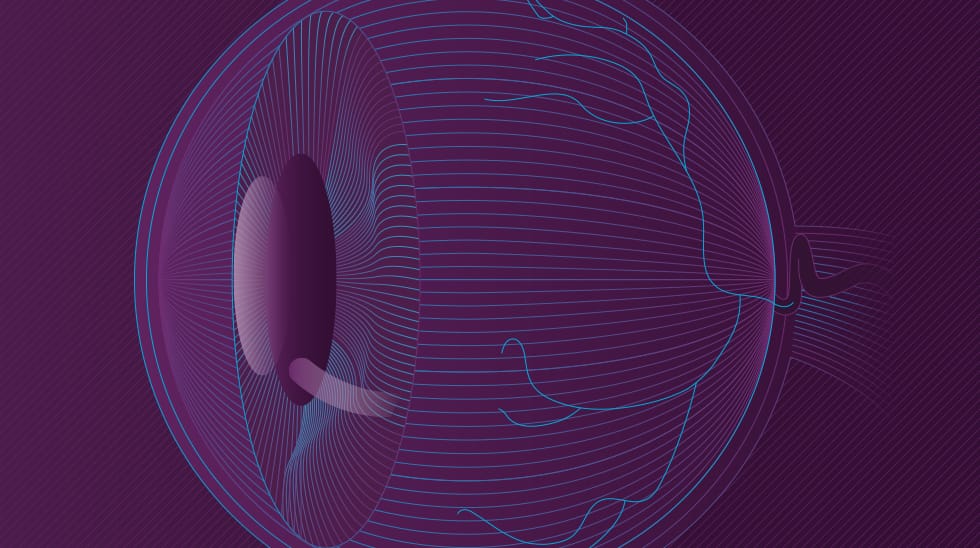FDA Approves Genentech’s New Treatment For Wet Age-Related Macular Degeneration (AMD)
October 22nd, 2021
On October 22, 2021, the FDA approved Susvimo™ (ranibizumab injection) 100 mg/mL for intravitreal use via ocular implant for the treatment of people with wet, or neovascular, age-related macular degeneration (AMD) who have previously responded to at least two anti-vascular endothelial growth factor (VEGF) injections. Wet AMD impacts approximately 1.1 million people in the United States and is a leading cause of blindness in people aged 60 and older.
News in brief
- Susvimo is the first wet AMD treatment in 15 years to provide an alternative to standard-of-care eye injections needed as often as once a month.
- By continuously delivering medicine into the eye via a refillable implant, Susvimo may help people with wet AMD maintain their vision with as few as two treatments per year.
- The approval is supported by a positive Phase III trial that compared the safety and efficacy of Susvimo administered via the Susvimo eye implant, refilled every six months at fixed intervals, to monthly intravitreal injections of ranibizumab.
Supporting Information

“We believe that Susvimo can help people with wet AMD preserve their vision while potentially alleviating the treatment burden associated with current standards of care. Susvimo’s approval builds on Genentech's long-standing commitment to people living with vision-threatening conditions.”

